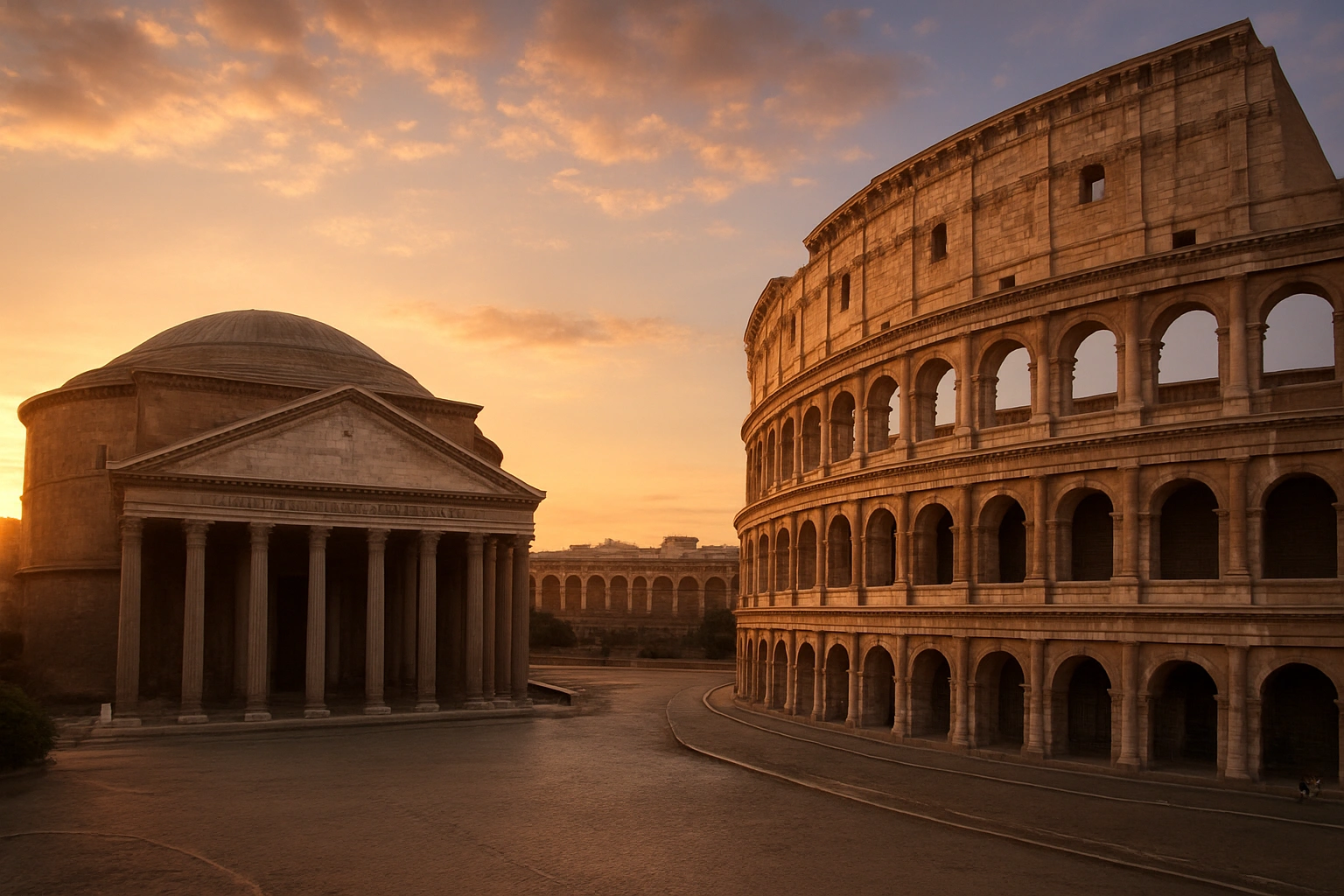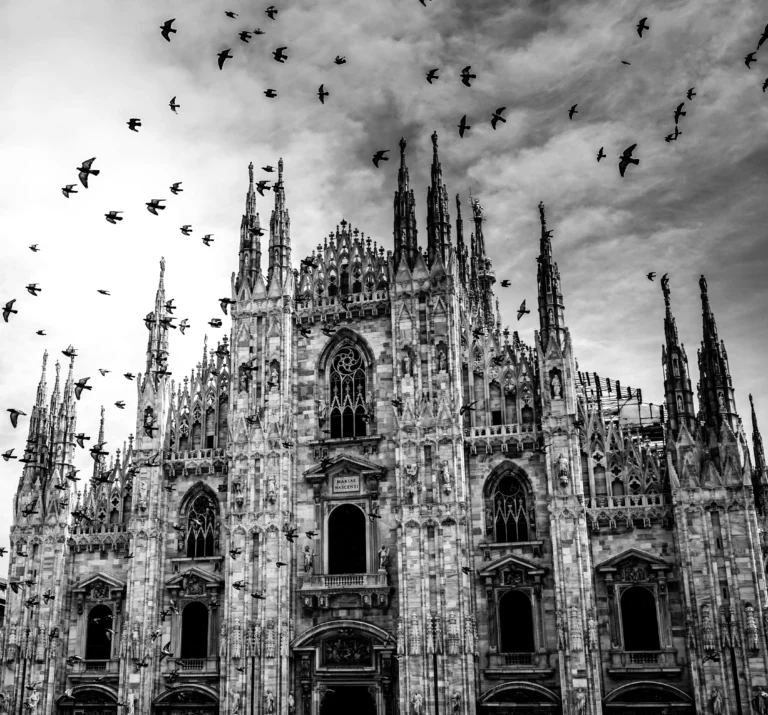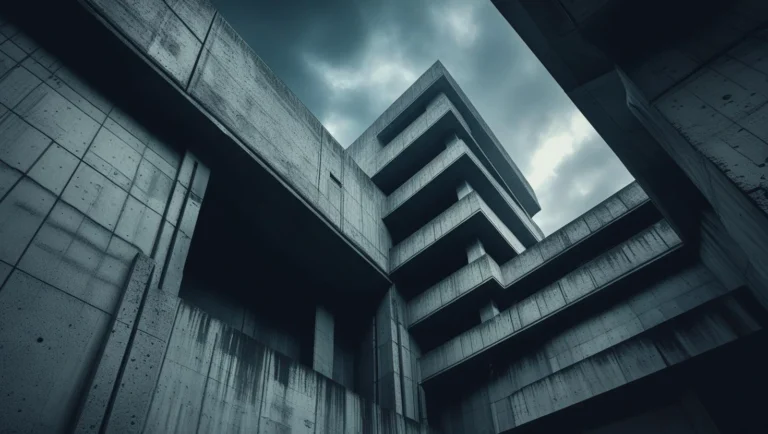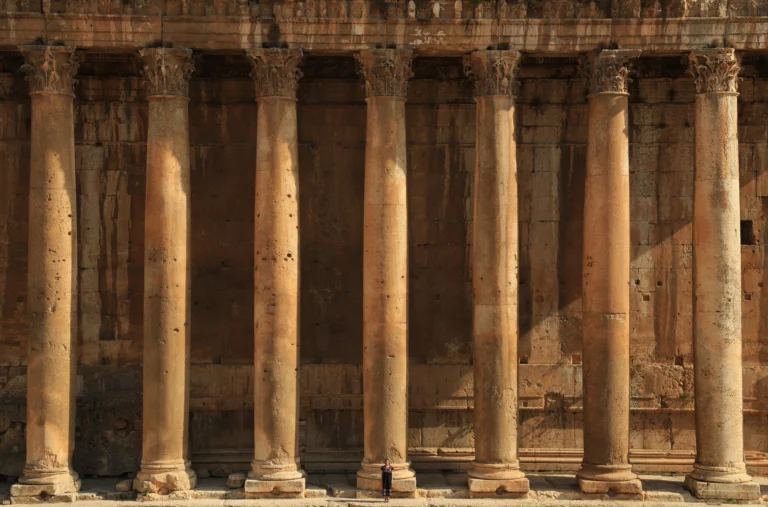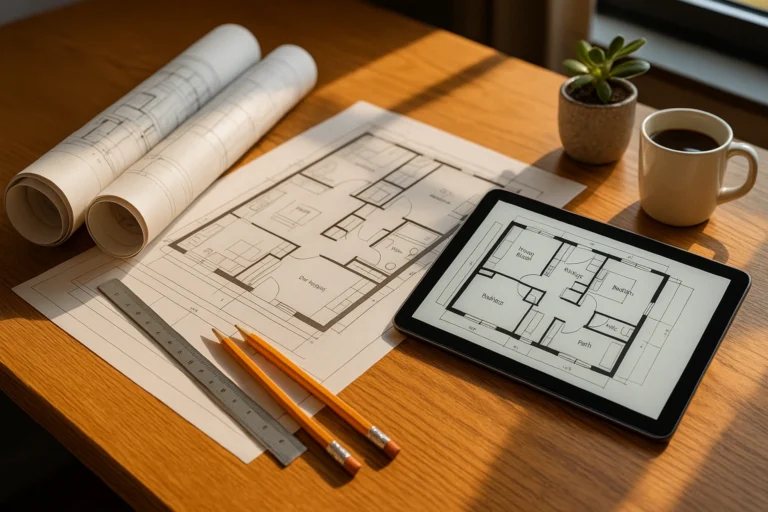Roman Architecture: Exploring the Timeless Foundations of Ancient Rome
Table of Contents
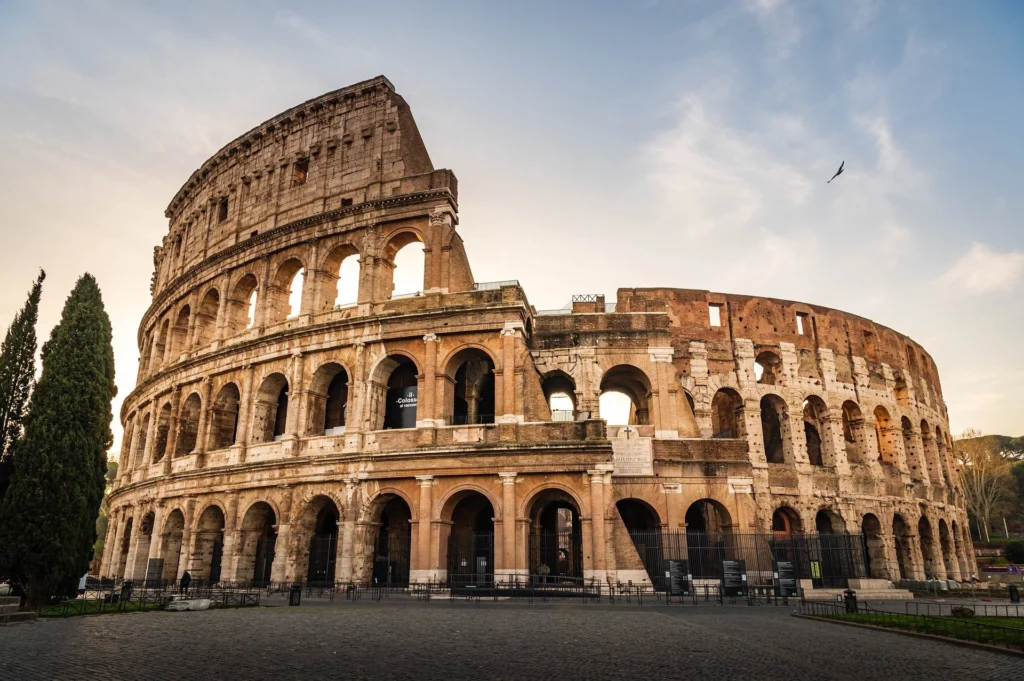
Quick intro: What you’ll learn and why Roman architecture matters
Roman architecture is one of history’s great turning points in design and engineering. From the soaring arches of aqueducts to the perfect proportions of the Pantheon, the Romans reshaped the built environment of the ancient world—and left fingerprints on cities everywhere today.
This article explores roman architecture from its earliest influences to its enduring legacy. You’ll discover how the Romans borrowed from older cultures, invented groundbreaking construction methods, and created buildings that still inspire designers and engineers.
What this article covers
- Origins of ancient Roman architecture and its cultural influences
- Engineering innovations such as roman architecture arches, vaults, and concrete
- Key building types: temples, basilicas, baths, and more
- Iconic case studies like the Colosseum and Pantheon
- The relationship between roman art and architecture
- The legacy of ancient Rome buildings in later eras and modern design
Origins & early influences: From Etruscans to the Roman Republic
Roman architecture began as a cultural mosaic. The city of Rome emerged in central Italy, where it absorbed traditions from neighboring peoples.
Etruscan building traditions and Greek precedents
Before Rome dominated the Mediterranean, the Etruscans controlled much of northern and central Italy. They introduced heavy timber roofs, deep porches, and raised podiums for temples. From the Greeks, Romans borrowed column orders (Doric, Ionic, Corinthian), pediments, and proportional ideals.
Key borrowed features:
- Columned porticoes and triangular pediments
- Use of terracotta decorative elements
- Orthogonal city planning concepts
Earliest surviving Etruscan temples include the Temple of Jupiter Capitolinus (c. 509 BCE) and the Portonaccio Temple at Veii (c. 510 BCE), which provide the most significant standing remains.
The republican city and civic architecture
As Rome transitioned into a Republic, civic needs shaped its architecture. Public forums, temples, and roads symbolized political power. Early temples used stone foundations and wood superstructures, while the development of opus caementicium (a primitive concrete) hinted at the engineering breakthroughs to come.
The earliest large-scale Roman concrete building identified is the Porticus Aemilia (193 BCE), marking a milestone in Republican construction.
A concise timeline could trace milestones from the founding of the Republic to the rise of the Empire, showing how architecture paralleled political expansion.
Roman engineering & technical innovations (arches, vaults, domes, concrete)
Roman builders achieved scale and durability unmatched in the ancient world.
The arch and vault systems: how they work and why they mattered
Unlike Greek post-and-lintel construction, the Roman arch distributes weight through compression toward a central keystone. When repeated in series, arches form barrel vaults and groin vaults, creating vast interior spaces without heavy interior supports.
Quick analogy
Think of an arch as a row of leaning blocks meeting at a single “lock.” Gravity tightens the fit, turning stone into a self-supporting curve.
Technical details (types of arches and vaults)
- Segmental arch – flatter curve, efficient for bridges
- Semicircular arch – classic Roman form used in aqueducts
- Barrel vault – continuous tunnel-like roof
- Groin vault – intersection of two barrel vaults, allowing large halls
Dome construction and the Pantheon principle
A dome is essentially an arch rotated 360 degrees. Roman engineers perfected the massive unreinforced concrete dome, allowing for monumental interiors such as the Pantheon’s vast rotunda.
The present Pantheon was commissioned by Emperor Hadrian and completed around 118–125 CE, likely designed by imperial architects possibly including Apollodorus of Damascus (debated).
Roman concrete (pozzolana) and construction techniques
The secret ingredient of Roman durability was pozzolana, a volcanic ash mixed with lime and rubble to create a hydraulic cement. Builders experimented with different wall facings:
- Opus incertum – irregular stone facing
- Opus reticulatum – diamond-patterned tufa blocks
- Opus latericium – brick facing for imperial projects
This combination allowed structures to resist water and earthquakes, enabling aqueducts, harbors, and colossal domes.
Building types & urban infrastructure: How Romans used space
Roman cities showcased a remarkable range of ancient Roman structures, each serving a civic, religious, or recreational purpose.
Temples, basilicas, and civic buildings
Temples honored the gods, basilicas hosted law courts and markets, and curiae housed the Senate.
| Purpose | Key Features | Famous Example |
| Temple | Podium, deep porch, Corinthian columns | Temple of Portunus |
| Basilica | Long hall, side aisles, clerestory windows | Basilica Ulpia |
| Curia | Rectangular meeting hall | Curia Julia |
Baths, theatres, amphitheatres
Public baths were social hubs with hot (caldarium), warm (tepidarium), and cold (frigidarium) rooms. Theatres staged plays, while amphitheatres like the Colosseum hosted gladiatorial games.
Typical bath components:
- Apodyterium (changing room)
- Caldarium (hot bath)
- Frigidarium (cold bath)
- Palaestra (exercise court)
Aqueducts, roads, and urban utilities
Aqueducts carried water over miles using steady gradients and roman architecture arches. Roads like the Via Appia (begun 312 BCE by Appius Claudius Caecus) used layered stone construction for durability. The Cloaca Maxima sewer, initially built in the 6th century BCE under King Tarquinius Priscus, drained the city center.
Housing: domus and insulae
Wealthy citizens lived in spacious domus with central courtyards, while the majority occupied multistory insulae (apartment blocks) often prone to fire and collapse.
| Feature | Domus | Insulae |
| Residents | Elite families | Working-class tenants |
| Materials | Stone, concrete, marble | Brick, timber |
| Amenities | Atrium, peristyle garden | Small rooms, shared facilities |
Case studies: Four iconic examples explained
Nothing illustrates Roman genius like its surviving monuments.
The Colosseum (Amphitheatrum Flavium)
Construction began under Vespasian (72 CE) and was completed in 80 CE under Titus. Modern efforts include the 2013–2016 façade cleaning and ongoing hypogeum stabilization projects launched in 2021.
The Pantheon
Features the world’s largest unreinforced dome. Commissioned by Hadrian, completed around 118–125 CE.
Baths of Caracalla
Built between 212–216 CE during Caracalla’s reign, these baths could accommodate 6,000–8,000 bathers per day.
Trajan’s Forum & Markets
Constructed 107–113 CE and attributed to Apollodorus of Damascus, featuring innovative brickwork and vaulted halls.
Roman art & architecture: how decoration joined structure
Roman buildings were not bare concrete shells; they celebrated art.
Mosaics, frescoes, and sculptural programs
Colorful mosaics and frescoes adorned floors and walls of villas and public baths. Scenes of mythology, daily life, and landscapes turned interiors into storytelling spaces.
Architectural sculpture & narrative
Triumphal arches combined engineering with propaganda, displaying narrative reliefs of imperial victories. Trajan’s Column spirals upward with a carved chronicle of military campaigns.
| Building Type | Typical Date Range | Structural Features | Famous Example | Survival Notes |
| Temple | Republic–Empire | Podium, columns | Maison Carrée | Best preserved in Nîmes |
| Amphitheatre | 1st c. BCE–3rd c. CE | Elliptical arena, vaults | Colosseum | Partial |
| Aqueduct | Republic–Empire | Multi-tier arches | Pont du Gard | Excellent |
| Bath | 1st–4th c. CE | Hypocaust, vaults | Baths of Caracalla | Ruins |
Legacy & influence: From late antiquity to modern design
Roman construction methods survived long after the empire’s fall.
Transmission into Byzantine, Medieval, Renaissance, and Neoclassical movements
Byzantine builders refined Roman vaulting, while Renaissance architects revived classical orders. Neoclassical monuments in Europe and the United States echo Roman temples and domes.
Modern architects & contemporary echoes
Examples include the U.S. Capitol, Jefferson Memorial, and sports arenas like the Los Angeles Memorial Coliseum (1923), all drawing on Roman arches, domes, and amphitheater concepts.
Preservation, damage, and conservation
Time, pollution, and earthquakes threaten ancient structures. Modern conservation balances stabilization with authenticity.
Major current projects include Colosseum hypogeum stabilization (2021–ongoing), Pantheon façade cleaning and monitoring (2023–ongoing), and Baths of Caracalla digital scanning and mosaic conservation (2022–ongoing).
How to read Roman architecture: quick guide for students & enthusiasts
When visiting a Roman site, look for:
- Arch and vault construction
- Materials (concrete layers, brick facings)
- Decorative programs (mosaics, reliefs)
- Inscriptions naming patrons or emperors
- Orientation to streets and public spaces
Conclusion & suggested further reading
Roman architecture transformed the ancient world and still shapes our cities. Its combination of Greek beauty and practical engineering gave us aqueducts, domes, and enduring civic ideals.
Key takeaways
- Roman engineering—arches, vaults, and concrete—enabled unprecedented scale.
- Buildings served political, religious, and social purposes.
- The legacy lives on in everything from Renaissance palaces to modern stadiums.
FAQs
Q1: What is the most important innovation of Roman architecture?
Roman concrete and the widespread use of arches enabled the construction of massive, long-lasting structures unmatched in the ancient world.
Q2: How is Roman architecture different from Greek architecture?
Greek buildings emphasized external beauty and post-and-lintel systems, while Romans focused on interior space, using arches and concrete to create vast enclosed areas.
Q3: Where can I see the best-preserved examples of Roman architecture today?
Notable sites include the Pantheon and Colosseum in Rome, the Pont du Gard aqueduct in France, and well-preserved towns like Pompeii and Herculaneum.
Suggested resources
- Vitruvius, De Architectura (classical treatise)
- Recent archaeological reports: Pantheon structural analysis (Journal of Roman Archaeology, 2022); Colosseum hypogeum conservation (Parco archeologico del Colosseo, 2023).
Suggested articles (Decor Hex)
- Corinthian Columns & Greek Pillars: A Quick Guide to Ancient Greek Architecture
- Where Did Gothic Architecture Begin and What Era Was It From?
- Understanding Architectural Plans: Basics for Homeowners – learn to read floor plans inspired by classical layouts.
- 7 Must-See Iconic Examples of Brutalist Architecture

